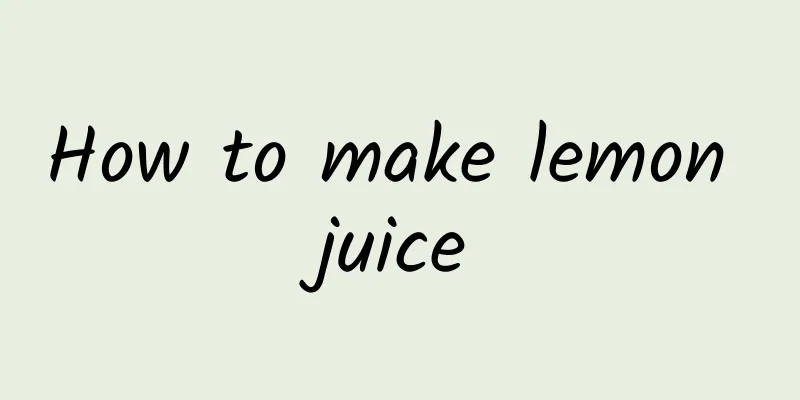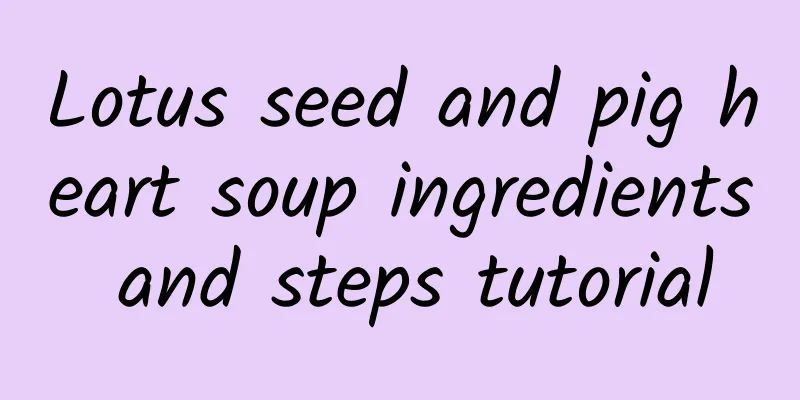Introduction to Mandarin Oranges Mandarin Orange Origin and Selection Tips

|
How much do you know about mandarin oranges? If you are not familiar with this fruit, please read the following introduction. Overview of Mandarin OrangesHoney tangerine Honey tangerine is a kind of tangerine, which is very sweet, hence the name. Other names: orange, Rutaceae, Citrus. An evergreen small tree, about 3m high. The twigs are thin and weak, often with short thorns. The leaves are elliptical-ovate, lanceolate, with blunt and often concave tips, cuneate bases, inconspicuous blunt serrations, and petiole wings that are very narrow and almost wingless. The flowers are white, fragrant, solitary or clustered in the axils of leaves. The fruit is flattened spherical, 5-7cm in diameter, orange-red and orange-yellow, the peel and the fruit petals are easy to peel off, there are 10 fruits, the fruit center is hollow, the flowering period is May, and the fruit ripens from January to December. It likes light, is slightly tolerant to side shade, and only grows branches and leaves without flowering when the light is insufficient. It likes a well-ventilated and warm climate, is not cold-resistant, and cannot be lower than -9℃, but is more cold-resistant than grapefruit and sweet orange. It can spend the winter in the open field in the Taihu area in southern Jiangsu, but the microclimate must be good and there must be windbreaks. It is suitable for loose, fertile, humus-rich, well-drained sandy loam, and waterlogging must be avoided. The root system has mycorrhizal symbiosis. It is resistant to pruning and can produce branches every year. The main components of tangerines are water, protein, fat, carbohydrates, calories, crude fiber, ash, calcium, phosphorus, iron, vitamins, carotene, thiamine, riboflavin, niacin, ascorbic acid, potassium, sodium, magnesium, etc. Eating tangerines regularly can improve the liver's detoxification function, accelerate cholesterol conversion, and prevent arteriosclerosis. However, improper consumption will have no benefit. Origin of Mandarin OrangesMandarin oranges are produced in China China has a 4,000-year history of cultivating oranges, which are mainly produced in the middle and lower reaches of the Yangtze River and the areas south of the Yangtze River. It was not until 1471 that citrus fruits such as tangerines, mandarins, and oranges were introduced from China to Lisbon, Portugal, and in 1665 that they were introduced to Florida, the United States. The world's citrus is mainly distributed in the area south of 35°N. It likes warm and humid climates. It can be pushed northward to 45°N in areas with large water bodies. There are 135 countries in the world producing citrus, with an annual output of 102.822 million tons and an area of 107.3 million mu, both ranking first among the 100 fruits. Chinese citrus is distributed between 16° and 37° north latitude, with the highest altitude reaching 2,600 meters (Batang, Sichuan), from Sanya City in Hainan Province in the south to Shaanxi, Gansu and Henan in the north, from Taiwan Province in the east to the Yarlung Zangbo River Valley in Tibet in the west. However, the economic cultivation area of Chinese citrus is mainly concentrated between 20° and 33° north latitude, with an altitude of 700 to 1,000 meters. There are 19 provinces (municipalities, autonomous regions) producing citrus in the country, including Taiwan Province. Among them, the main producers of citrus are Zhejiang, Fujian, Hunan, Sichuan, Guangxi, Hubei, Guangdong, Jiangxi, Chongqing and Taiwan, followed by Shanghai, Guizhou, Yunnan, Jiangsu and other provinces (municipalities), Shaanxi, Henan, Hainan, Anhui and Gansu provinces also planted. There are 985 counties (municipalities, autonomous regions) planting citrus in the country. Hometown of Chinese Mandarin Oranges: Huangyan Huangyan is known as the birthplace of the world's wide-skinned tangerines, and the Huangyan mandarin has a planting history of more than 2,300 years. At present, Huangyan has more than 180 citrus varieties, making it the production area with the most citrus varieties in the country. Among them, the local Zao and Miyauchi Iyo won the gold medal at the China Agricultural Expo; Huangyan is also the production area with the largest number of fresh tangerine exports in the country. Tips for choosing When choosing tangerines, those with O-shaped navels are mostly sweet, while those with ·-shaped navels are mostly sour. |
<<: The function and medicinal value of pomelo peel
>>: Will eating mandarin oranges cause internal heat?
Recommend
How is the Serbian Embassy in China? Reviews and website information of the Serbian Embassy in China
What is the website of the Embassy of the Republic...
The benefits and effects of wearing agarwood
Many people like to wear some accessories in thei...
How is the Paris Institute of Physics and Chemistry? Reviews and website information of the Paris Institute of Physics and Chemistry
What is the website of ESPCI ParisTech? ESPCI Pari...
How is Banner Barrett's popular Japanese women's clothing? Banner Barrett's popular Japanese women's clothing reviews and website information
What is Banner Barrett, a popular Japanese women&#...
What are the uses of spoiled milk powder and what are the hazards of spoiled milk powder
Many young mothers like to stock up a lot of milk...
What is the Chilean Immigration and Immigration Department like? Chilean Immigration and Immigration Department reviews and website information
What is the Chilean Immigration and Immigration De...
How is the Sudanese Embassy in China? Reviews and website information of the Sudanese Embassy in China
What is the website of the Sudanese Embassy in Bei...
How is Waterman? Waterman reviews and website information
What is Waterman? Waterman is the world's earl...
The disadvantages of children drinking too much milk The disadvantages of children drinking too much milk
Nowadays, parents like to give their children som...
The effects, efficacy and contraindications of citrine
Citrine is crystal clear and very beautiful. Many...
How is the University of Brunei Darussalam? University of Brunei Darussalam reviews and website information
What is the website of Brunei Darussalam Universit...
Cultivation methods and precautions of Guri Fragrant
Osmanthus fragrans is an evergreen shrub with a s...
The efficacy and function of fig wine
In the eyes of many people, figs are just a kind ...
How is the German Alumni Portal? German Alumni Portal Reviews and Website Information
What is the German Alumni Portal? The German Alumn...
Daylily root benefits
Daylily is a kind of vegetable, and its roots als...









